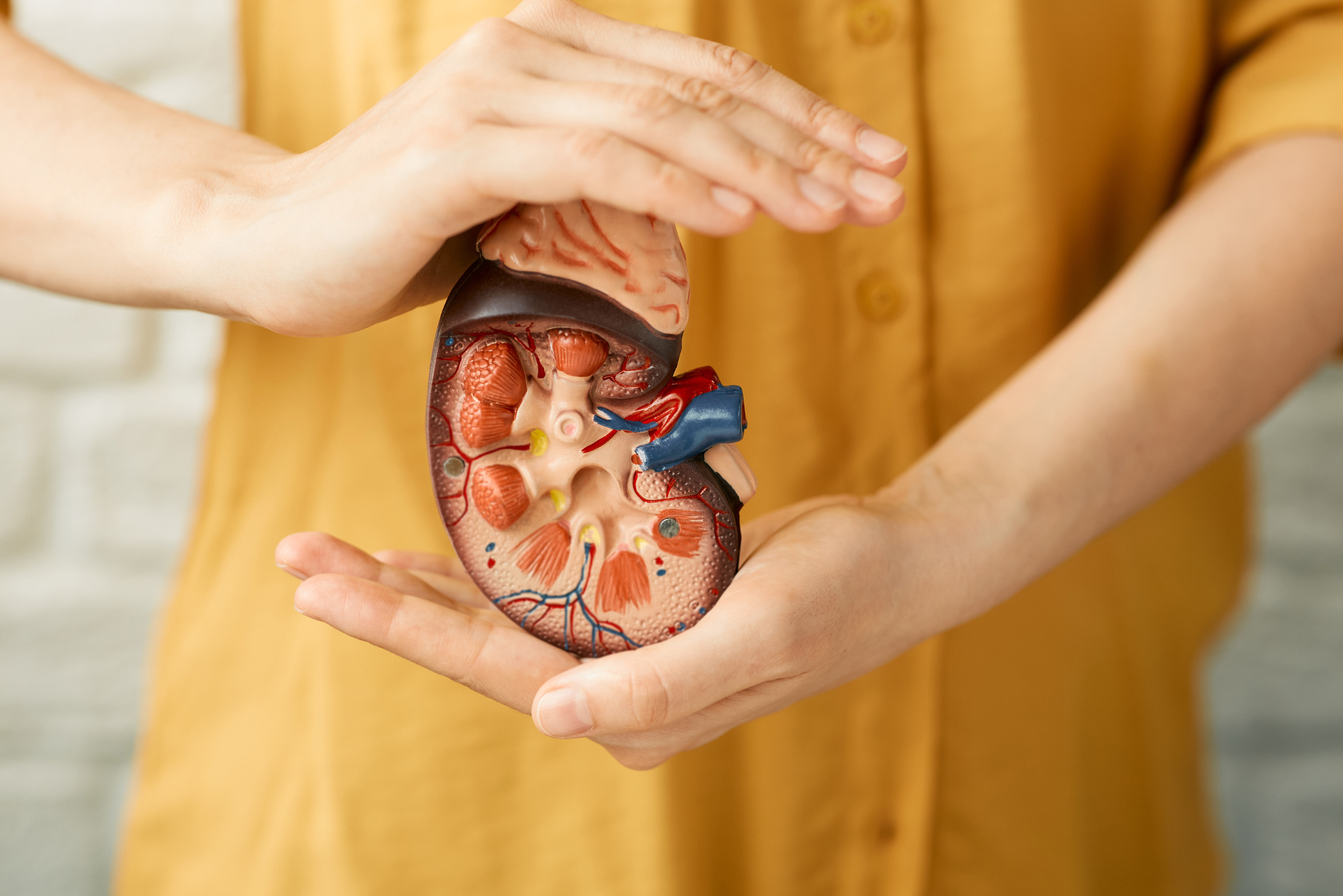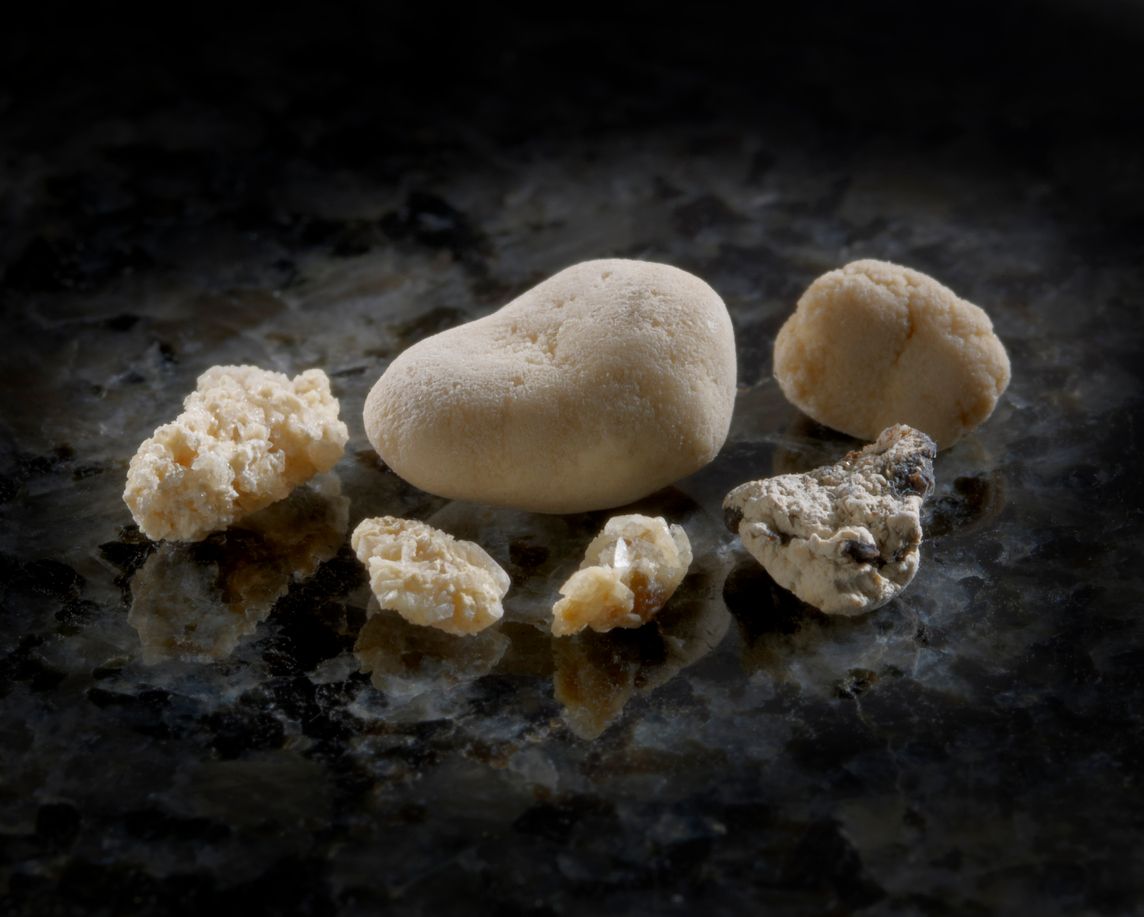This article has been fact-checked by Dr Chong Kian Tai, urologist at Surgi-TEN Specialists, Farrer Park Hospital, Singapore.
About the Doctor
Tiny kidney stones may pass out in urine naturally without causing any symptoms, and larger ones may have to be removed through medication and other means. Here are some of the common kidney stone treatments.
Medication for kidney stones
For smaller stones, patients may be given alpha blocker medication to relax the muscles in the ureters, which are the thin tubes which transport urine from the kidneys to the bladder. This enables the stones to travel through the ureters more easily to be expelled in urine.
Patients will need to drink about two to three litres of water per day to flush out the stones, and may be given painkillers to cope with the discomfort. Examples of alpha blockers include tamsulosin (sold under the name Harnal OCAS).
Extracorporeal shock wave lithotripsy
A procedure called extracorporeal shock wave lithotripsy (ESWL) may be used to break larger stones into smaller pieces so that stone fragments can be passed out in urine. This non-surgical kidney stone treatment method uses a machine called a lithotripter to send vibrating waves through skin to shatter the stones, and usually lasts about 45 minutes to 60 minutes.
Ureteroscopy
Since ESWL is not suitable for some patients, including pregnant women and people who are morbidly obese, an alternative kidney stone treatment method is ureteroscopy. This involves threading a small flexible telescope called a ureteroscope up the ureter until it reaches the location of the kidney stone. No skin incision or skin wound will be made.
If the stone is small enough, a stone basket device may be used to remove it. If the stone is too big, laser energy is used to break the stone into smaller pieces to be removed safely.
Percutaneous nephrolithotomy (PCNL)
This procedure is for people with larger or irregularly shaped kidney stones, or who are not suitable for other kidney stone treatments. The surgeon makes a small incision in the patient’s back to insert a hollow tube and a miniature fibreoptic camera called a nephroscope to break up the stones into smaller fragments for removal.



















